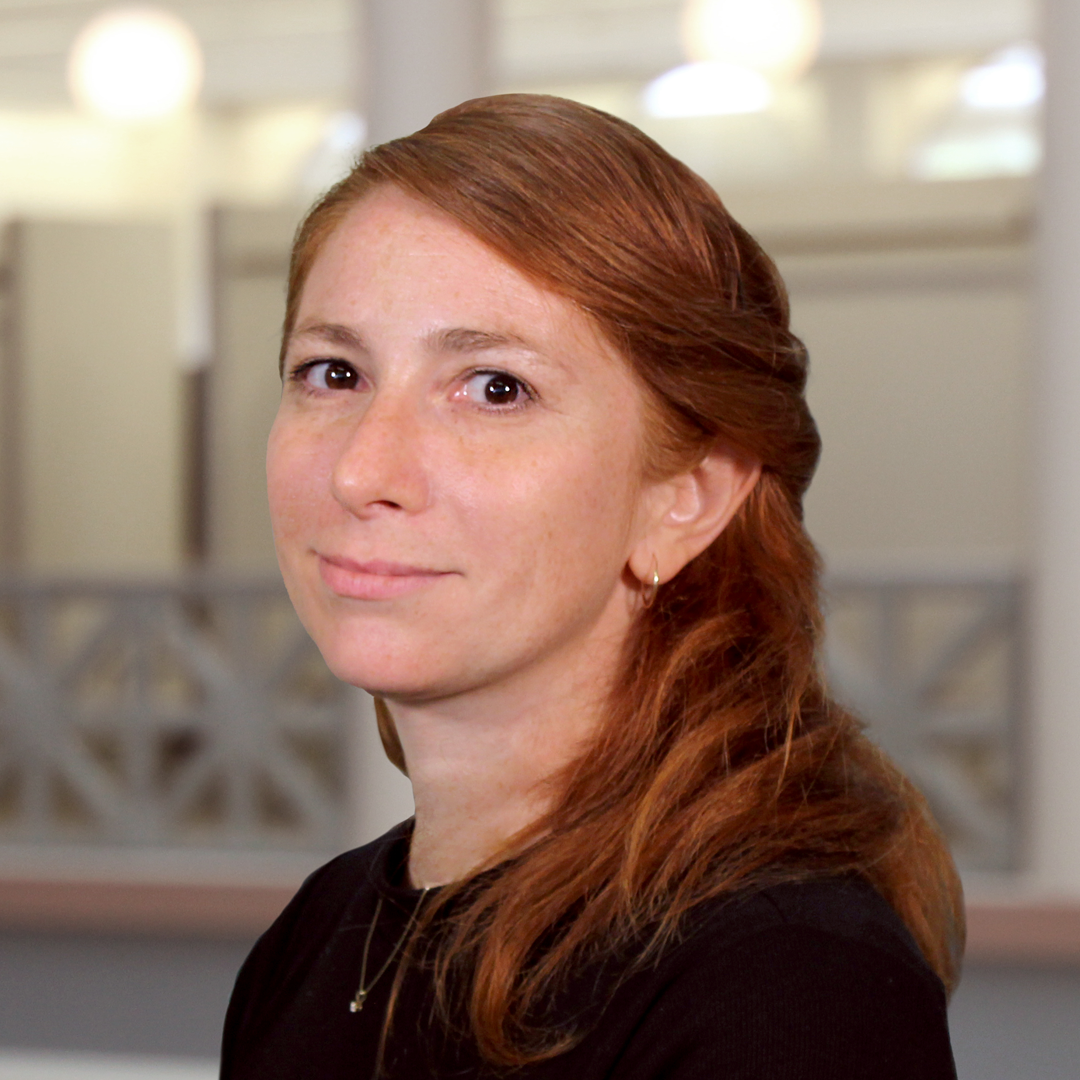
The SOM Foundation announced today that Dalia Munenzon, University of Houston Gerald D. Hines College of Architecture and Design Assistant Professor of Urban Design in Sustainable Communities and Infrastructure, as the recipient of its prestigious annual Research Prize. Munenzon’s proposal, Collective Comfort: Framing the Cooling Center as a Resiliency and Educational Hub for Communities in Desert Cities, rethinks community cooling centers and explores opportunities to combat heat-vulnerable communities.
Now in its fifth year, the SOM Foundation Research Prize offers two faculty-led interdisciplinary teams across the United States $40,000 research grants to conduct research related to the foundation’s current area of interest. This year’s theme of “Air” sparked an occasion for Munenzon and her research partner Liz Gálvez, an architecture faculty member at Yale University School of Architecture, to focus on heat resiliency.
Unlike flooding, where the risk is clearly present, extreme heat is an invisible hazard while just as dangerous. Underserved and low-income communities are often the most susceptible to the impacts of high temperatures and compound environmental effects.
“The vulnerability of communities to heat risk is often the result of power equity and is rooted in the well-being, livelihood, and quality of the community’s built environment. Inequities in urban design, investment, and development patterns further worsen the health effects of high heat in these communities,” said Munenzon. “People who spend long hours outdoors in the heat working or waiting for transit can suffer long-term health effects. Air pollution can worsen the health effects on people with existing health conditions when combined with severe temperatures. The ‘invisibility’ of heat risk is even more evident as an equity issue with underserved communities.”
In 2020, the Phoenix Metro area, also known as “The Valley of the Sun,” suffered through 145 days of temperatures exceeding 100 degrees Fahrenheit. As part of this research grant, Gálvez and Munenzon are developing an interdisciplinary collaboration with leading experts to facilitate discourse bridging building science, architectural, and social design to develop forward-looking environmentalism. The focus on the Phoenix Metro area is a result of the extensive work done by the municipal government, local communities, and grassroots organizations, coupled with environmental researchers, to emphasize of the risks heat poses to human livelihoods. One of the local collaborators Melissa Guardaro, Assistant Research Professor at Arizona State University (ASU), was invited to share her extensive experience in comprehensive heat reduction strategy and efforts with local communities.
“Given her research in the Phoenix Metro area, Guardaro and her partners already started identifying existing community centers, facilities, religious centers, and sites where people naturally gather,” shared Munenzon. “We hope a workshop with the students will introduce them to her work and methods and inspire them to develop an urban and architectural framework for selecting and designing these sites, ultimately building upon Arizona's ongoing focus on resilience hubs.”
Collective Comfort addresses heat resiliency in communities and how a cooling center, such as a community center, can provide different amenities and support capacity building within communities beyond simply answering the need for cooling at a particular moment. There is a need to propose different design strategies and solutions that are not necessarily mechanized. The process also creates better representation and education in itself.
Before centralized air conditioning, communal gathering spaces naturally developed to support various thermal conditions. Lisa Heschong penned the idea of “thermal delight” – places where people feel the thermal experience and encounter a cozy, inviting environment. Roman bathhouses and home firepits offered places for people to gather and avoid the elements, creating microclimates within existing architectural structures. Today, building codes and technical standards often drive design towards one stable condition of agreed comfort under the unified central air system. As a result, the world is seeing inequities in its most vulnerable communities with limited access to power.
“Within the urban scale, we want to work with the community to identify locations for community centers and determine whether there are structures that can be reused to serve this purpose,” said Munenzon. “We could potentially redesign the urban environment to address heat and explore ways to develop urban microclimates and make thermal comfort visible.”
Collective Comfort’s research aims to investigate a framework for interdisciplinary collaboration through the production of visualization and somatic practices of thermal comfort. New designs will make the risk of urban heat visible and alleviate hazard bias through a resilient hub building new agency and stewardship for populations most at risk from heat and cooling inequality, spatially, performatively, and programmatically.
Gálvez and Munenzon have organized their work into two parts – a seminar in the fall of 2023 and parallel design studios at Yale and UH in the spring of 2024. The seminar includes multiple meetings with collaborators and gathering crucial research, ultimately culminating in a presentation at the end of the fall semester. In the spring, students at both universities will utilize the seminar’s work to inform their studios' outcomes. At the conclusion of the academic year, Gálvez and Munenzon plan to organize an exhibition on display at Yale, UH, and ASU.
Collective Comfort hopes to develop a public program re-thinking the cooling center as an educational resilience hub. It also seeks to bring education on heat risk and weatherization efforts to the forefront, helping to destabilize mechanized perceptions of architecture through alternative visions promoting collectivity and community resilience in desert cities.
Learn more about this year's SOM Foundation Research Prize here.